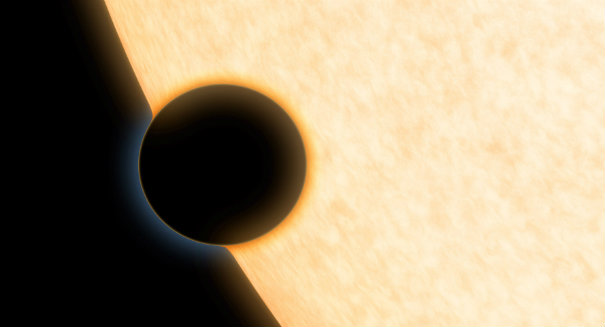
The MESSENGER spacecraft will ends its mission with a bang.
NASA’s spacecraft named MESSENGER (Mercury Safe, Space Environment, Geochemistry and Ranging) was launched back in 2004 and sent on a mission to orbit Mercury and collect information about the planet. After 11 years and 8 billion miles, it will smash the surface of Mercury at 8,750 mph and create a 52-foot wide crater on Thursday (April 30). This may seem incredibly destructive, but meteors of the same mass as the spacecraft (1,131 pounds), but traveling 10 times faster, hammer Mercury’s surface every month or two, according to nola.com’s quote of Jim Raines, University of Michigan researcher on the MESSENGER team. Mercury’s very thin atmosphere doesn’t do much to slow down objects on track for an impact. This collision will happen on the side of Mercury that faces away from the Earth, so it will take scientists a little time to confirm that MESSENGER’s mission is complete.
The spacecraft carried many different instruments that helped scientists gain new insights into Mercury and how it operates. Scientists have been able to study characteristics of the planet like the flow of magnetism surrounding the planet that results from its own magnetic field and the close proximity of the Sun. MESSENGER also helped show scientists that Mercury has contracted much more during the cooling process after the planet was formed than previously thought. The mapping of more than 5,900 geological landforms created by the contraction showed that the planet shrank as much as 4.4 miles, resulting in the distance between surface and planet center of 1,516 miles.
And even though it is closest of the solar system’s eight planets to the Sun, MESSENGER’s instruments also were able to find evidence that Mercury’s polar regions are home to water ice.